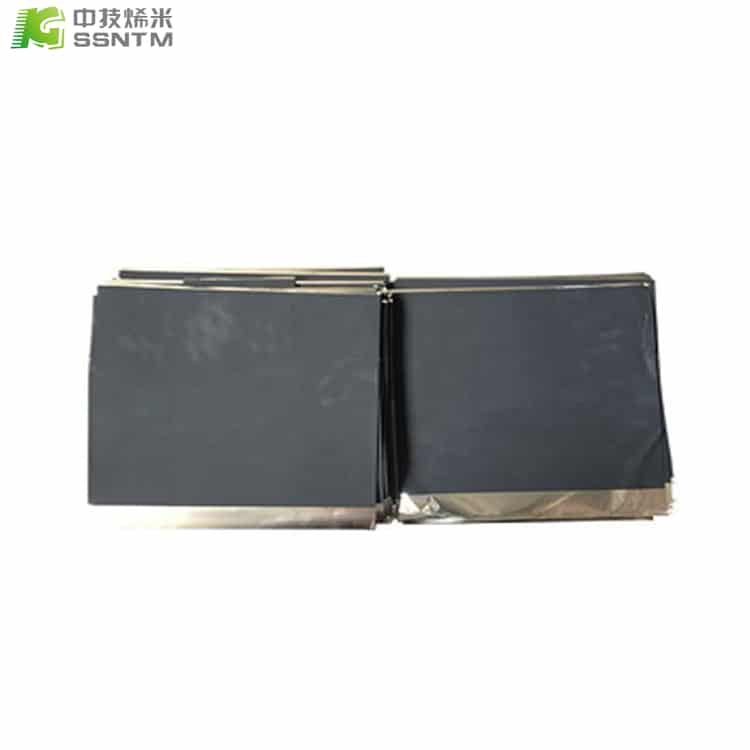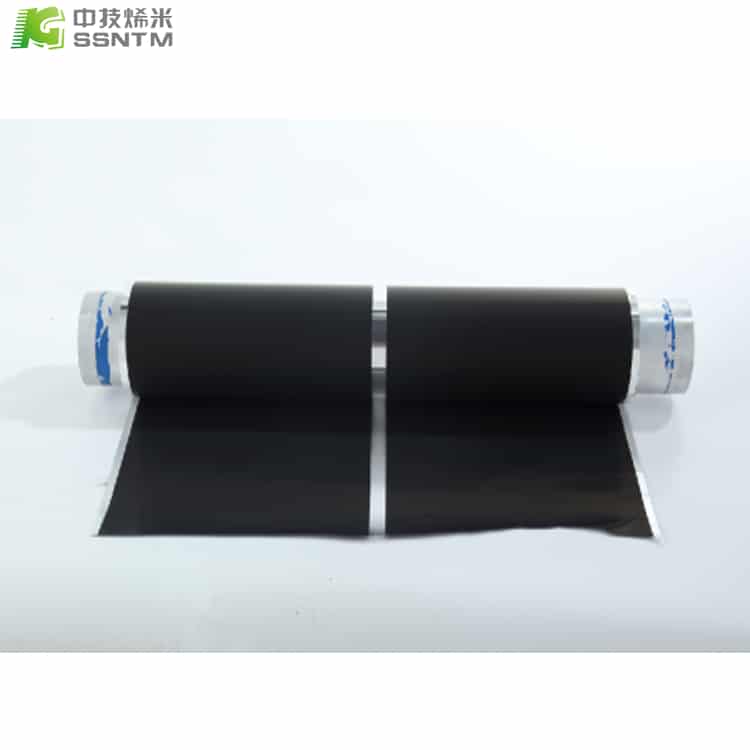There are several types of electrochemical corrosion, each with different characteristics and causes. The following are some of the most common types:
1. Uniform corrosion: This is the most common type of corrosion and occurs evenly over the exposed surface of a metal. It can be caused by a wide range of factors including oxygen, impurities, and high-temperature environments.

2. Galvanic corrosion: This type of corrosion occurs when two dissimilar metals are in contact in the presence of an electrolyte. The metal with the lower electrode potential (more anodic) tends to corrode while the other metal with higher electrode potential (more cathodic) tends to remain unaffected.
3. Crevice corrosion: This type of corrosion occurs in small crevices or gaps between metal surfaces where oxygen levels are low and concentration of corrosive agents is high. It is often found in areas where water can collect and stagnate, such as under gaskets or washers.
4. Pitting corrosion: This is a localized form of corrosion that forms small holes or pits in the metal surface. It is often caused by the presence of chloride ions and occurs most commonly in stainless steel and other alloyed metals.
5. Intergranular corrosion: This type of corrosion occurs along the boundaries between grains in the metal structure. It is often caused by the presence of impurities or excessive heat exposure during manufacturing processes.
6. Stress corrosion cracking: This type of corrosion occurs when a combination of stress and corrosion causes cracks to form in the metal surface. It is often found in alloys and occurs under specific environmental conditions, such as high temperatures and high chloride levels.
Understanding the types of electrochemical corrosion is important for identifying the underlying causes and selecting appropriate prevention or mitigation strategies.





